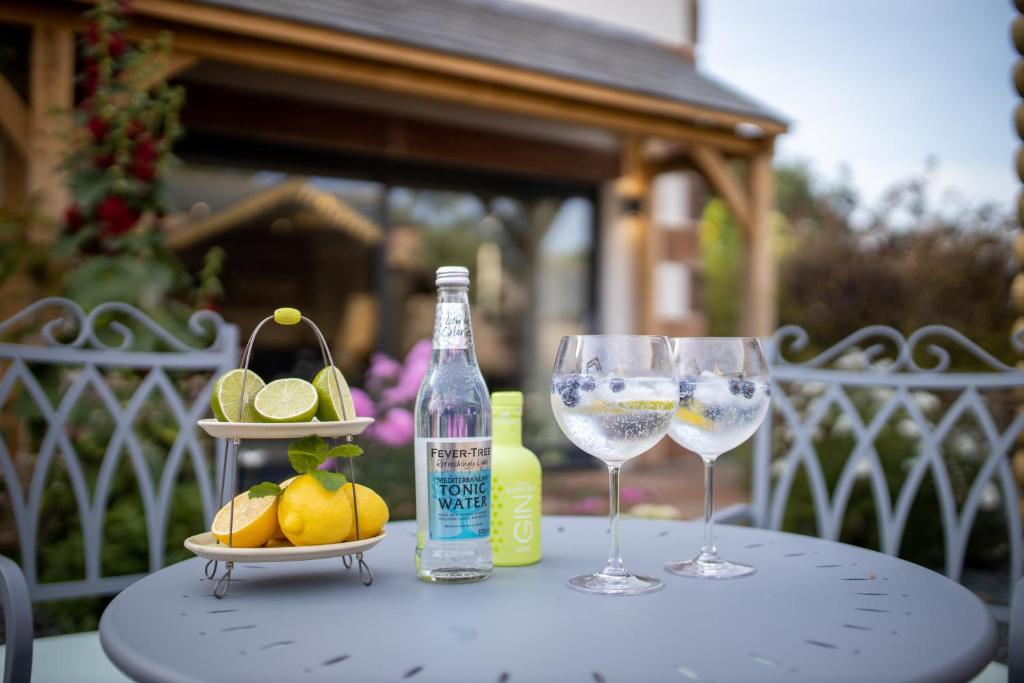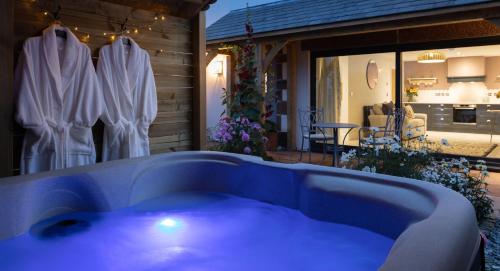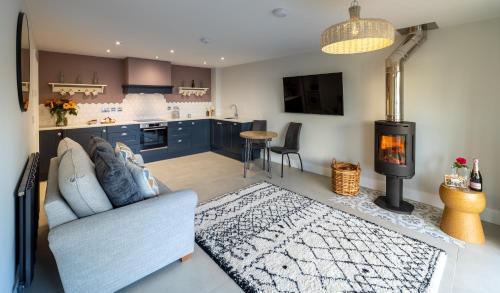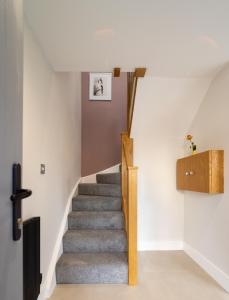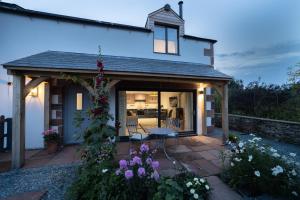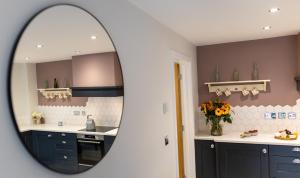Mentioned by Fodor's Choice
Sights in The Lake District
"Cockermouth was the birthplace of William Wordsworth and his sister Dorothy, whose childhood home was this 18th-century town house, carefully…"

"Cockermouth was the birthplace of William Wordsworth and his sister Dorothy, whose childhood home was this 18th-century town house, carefully…"

"Carlisle's brooding, rust-red castle lurks on the north side of the city. Founded around a Celtic and Roman stronghold, the castle's Norman keep was added in 1092 by William Rufus, and later refortified by Henry II, Edward I and Henry VIII (who added the supposedly cannon-proof towers). From the battlements, the stirring views stretch as far as the Scottish borders. The castle also houses Cumbria's Museum of Military Life, which has collections of military memorabilia associated with the region's regiments."
"Of course, it wouldn’t be a summer in Carlisle without a trip to the city’s iconic castle. The city itself has over 2,000 years of history, from Celts and Romans to invading armies and bloody battles. Carlisle castle was built way back in 1092 by William Rufus, and is now in the hands of English Heritage."
"There may not be a castle in England that has lived through as much carnage as Carlisle Castle. It was established by the Normans on top of a Roman fort during the reign of William II at the end of the 11th century. For the next 650 years there was near-constant conflict."




"Seven miles east of Caerlaverock Castle, in tiny Ruthwell, a church holds one of Europe’s most important early Christian monuments. The 6m-high 7th-century Ruthwell Cross is carved top to bottom in New Testament scenes and is inscribed with a poem called ‘The Dream of the Rood’; written in a Saxon runic alphabet, it’s considered one of the earliest examples of English-language literature. Bus 79 running between Dumfries and Annan stops in Ruthwell."

"Consecrated as an Augustinian Priory in the 12th century, Carlisle Cathedral is the second-smallest cathedral in England after Oxford. One reason for this is that a big piece of the nave was torn down in the English Civil War to bolster Carlisle Castle. The architecture is Gothic, mostly from the 13th and 14th centuries."


"This old slate mine has been reinvented as a centre for all kinds of activities: you could venture underground into the bowels of the old 'Edge' and 'Kimberley' mines, tackle a via ferrata, or climb inside the mine along a system of fixed cables, tracing the route followed by the slate miners. A tour into the 'Cathedral' mine runs on Friday by request, but you'll need eight people and it costs £25 per person."








"Seven miles east of Caerlaverock Castle, in tiny Ruthwell, a church holds one of Europe’s most important early Christian monuments. The 6m-high 7th-century Ruthwell Cross is carved top to bottom in New Testament scenes and is inscribed with a poem called ‘The Dream of the Rood’; written in a Saxon runic alphabet, it’s considered one of the earliest examples of English-language literature. Bus 79 running between Dumfries and Annan stops in Ruthwell."


"Carlisle's brooding, rust-red castle lurks on the north side of the city. Founded around a Celtic and Roman stronghold, the castle's Norman keep was added in 1092 by William Rufus, and later refortified by Henry II, Edward I and Henry VIII (who added the supposedly cannon-proof towers). From the battlements, the stirring views stretch as far as the Scottish borders. The castle also houses Cumbria's Museum of Military Life, which has collections of military memorabilia associated with the region's regiments."
"Of course, it wouldn’t be a summer in Carlisle without a trip to the city’s iconic castle. The city itself has over 2,000 years of history, from Celts and Romans to invading armies and bloody battles. Carlisle castle was built way back in 1092 by William Rufus, and is now in the hands of English Heritage."
"There may not be a castle in England that has lived through as much carnage as Carlisle Castle. It was established by the Normans on top of a Roman fort during the reign of William II at the end of the 11th century. For the next 650 years there was near-constant conflict."














